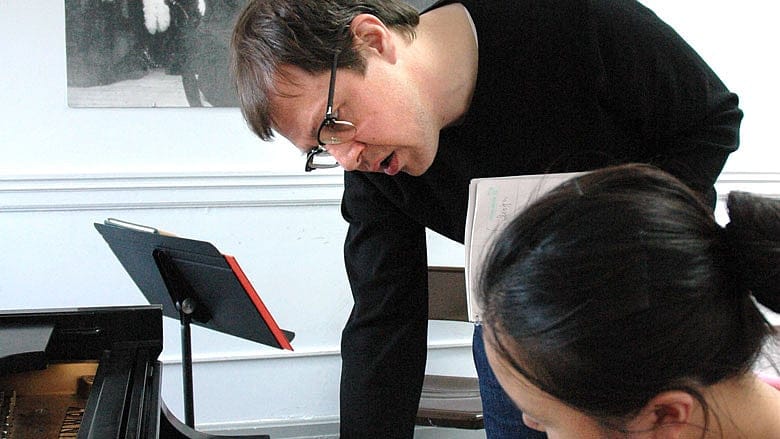Bruce Brubaker on classical music’s emergent audiences

As an internationally acclaimed performer, recording artist, and conservatory piano chair, Bruce Brubaker is uniquely positioned to identify the challenges of promoting classical music, especially among young people. He posits that "the walls are coming down" in a positive way between different genres, with contemporary trends such as minimalist and alternative classical music reaching new and unlikely audiences. But Brubaker also insists that crucial reforms are necessary for the survival of classical music in the United States.
Brubaker is well-known for his ability to recognize and cultivate new talent, and has been the piano chair at the New England Conservatory since 2005. He started his teaching career at the Julliard School, where he received his B.M., M.M., and D.M.A degrees. A number of his students have won major international competitions and launched successful performing careers. Brubaker has also performed with major orchestras around the world. He is recognized as a premier interpreter of minimalist, or repetitively structured, composers such as Philip Glass, and has recorded a number of CDs.

